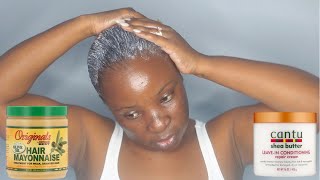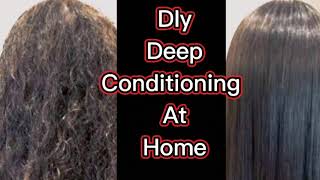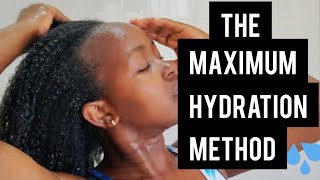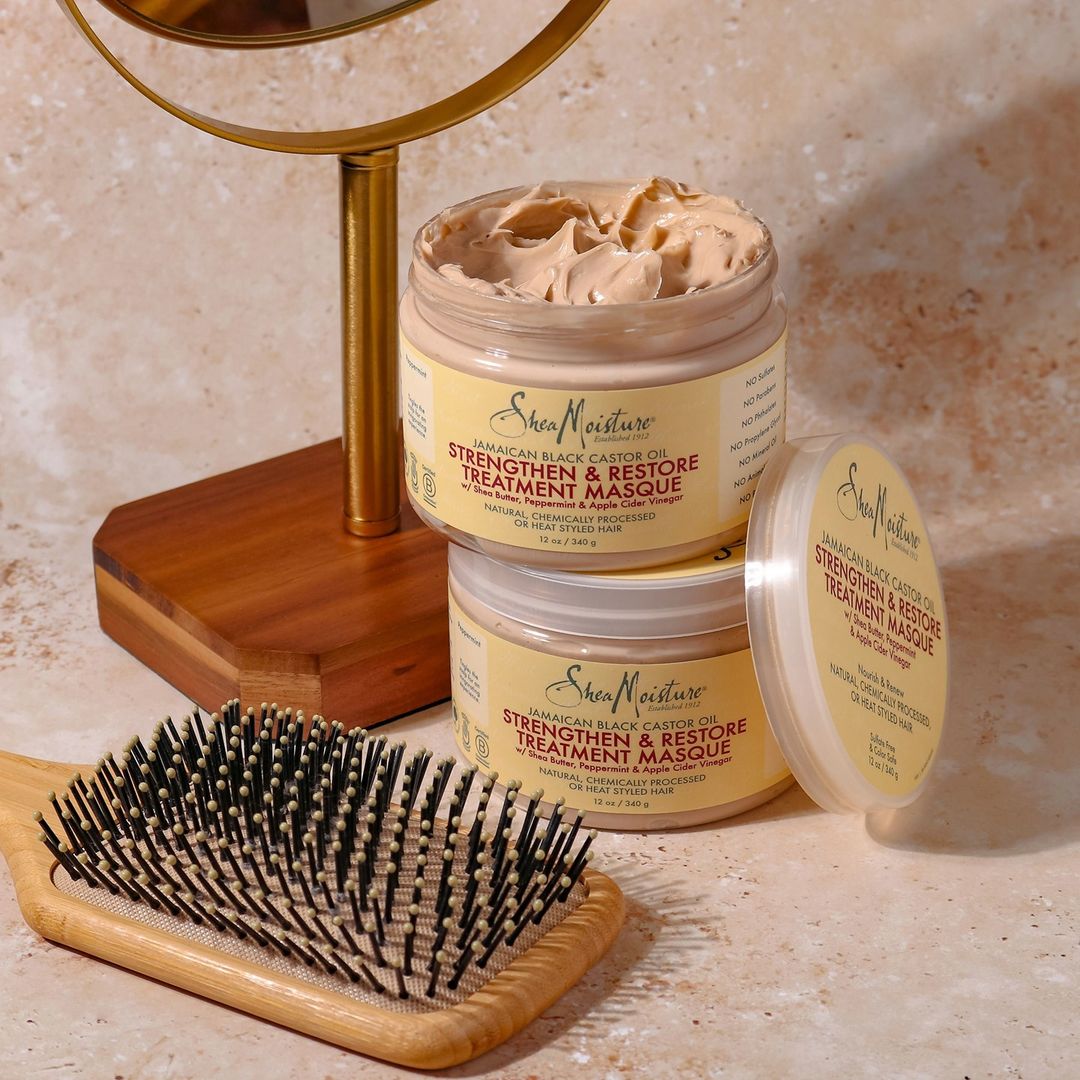How To Get In The Habit Of Deep Conditioning Weekly

There has been quite a debate on the effectiveness of deep conditioning* for a variety of reasons. Some believe that the penetration that is supposed to happen from leaving conditioner on your hair for hours is quite frankly impossible due to the molecular structures of some of the ingredients in the conditioner.
Others think ‘well my hair grows regardless!’ so why bother with the extra step. If you haven’t made up your mind yet on what side of the fence you fall, my suggestion would be to challenge yourself to see what the hoopla is about. When you have decided to take better care of your hair natural or relaxed you have to have a simple plan that is easy for you to stick to, one of the key ingredients to better hair care is definitely consistency, so we don’t want something that will fail like every New Year’s resolution ever made! (Are people still doing that?).
Here is a simple guide to taking on a deep conditioning* challenge.
1. Pick the right conditioner

Whether you decided to make your own concoction or buy a deep conditioner*, the ingredients should have some form of protein, hydrolyzed protein is ideal, some form of sealant, and something that conditions and adds moisture.
For a home made conditioner you can use: Honey* which is great for moisture, castor oil* or olive oil* which are great for sealing and eggs which are a decent protein, although they are not hydrolysed. For a hydrolysed protein, gelatin is a better option.
For a store bought conditioner one of the first few ingredients should indicate hydrolyzed protein, this important because protein is what your hair is made of. Whether you believe it or not, we are in the business of wreaking havoc on the protein bonds that make up our hair shaft just from pure manipulation. Because we do this often, it is only right that we fix what we have broken. Hydrolyzed proteins do just that, they patch the hair strand from the inside out restoring areas to the hair that we have essentially stripped away using, combs, brushes, color, heat and water!
Examples of hydrolysed proteins that you would find in store bought conditioners include oat protein, silk protein, soy protein, hydrolysed keratin, and wheat protein.
2. Know what you want from your treatment

Every time you deep condition you should get to know what great results feel like. Does your hair feel soft? Is it easier to comb? Does it feel stronger? The answers to these questions should all be positive when you’ve had a great session.
A positive answer also depends on the complexity of the product you have used, whether you make it yourself or buy it from the store. Complexity does not necessarily mean a ton of ingredients it just means quality ingredients.
For example, in order to effectively seal the hair you want to make sure the product has some of these ingredients: Olive oil*, coconut oil*, dimethecone, Shea butter*, soybean oil or any other oils. Don’t shoot…. but even mineral oil* and petrolatum help in this regard, it’s just a fact that they seal the hair and help your results to last until the next time you condition again.
3. Do it right

Deep conditioning* can be done in one of two ways, apply the product and leave it on for the amount of time recommended on the packaging or use heat or steam for an extended period of time. The second option is the better option for those with kinky curly hair types. Deep conditioning* is not the same as regular conditioning so be prepared to invest a little more time and effort into the process. A great way to get it done on your wash day is to apply the product, cover up with a shower cap*, pop on a pretty head wrap and run errands until you are ready to rinse it off when the time is up.
So are your ready to decide if deep conditioning is for you? Challenge yourself by committing to it weekly for 3 months straight and see if it actually makes a difference to the length and health of your hair.




